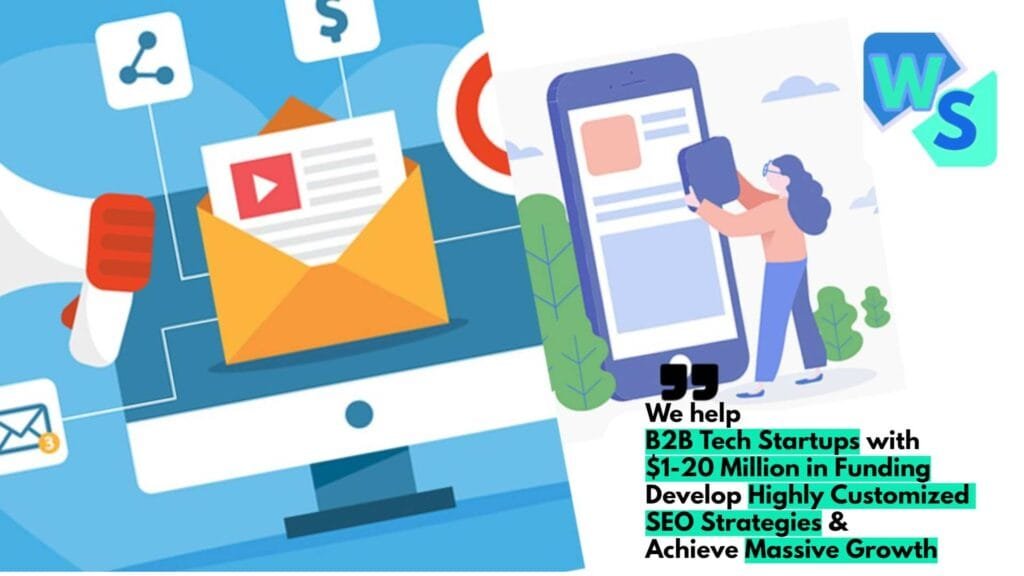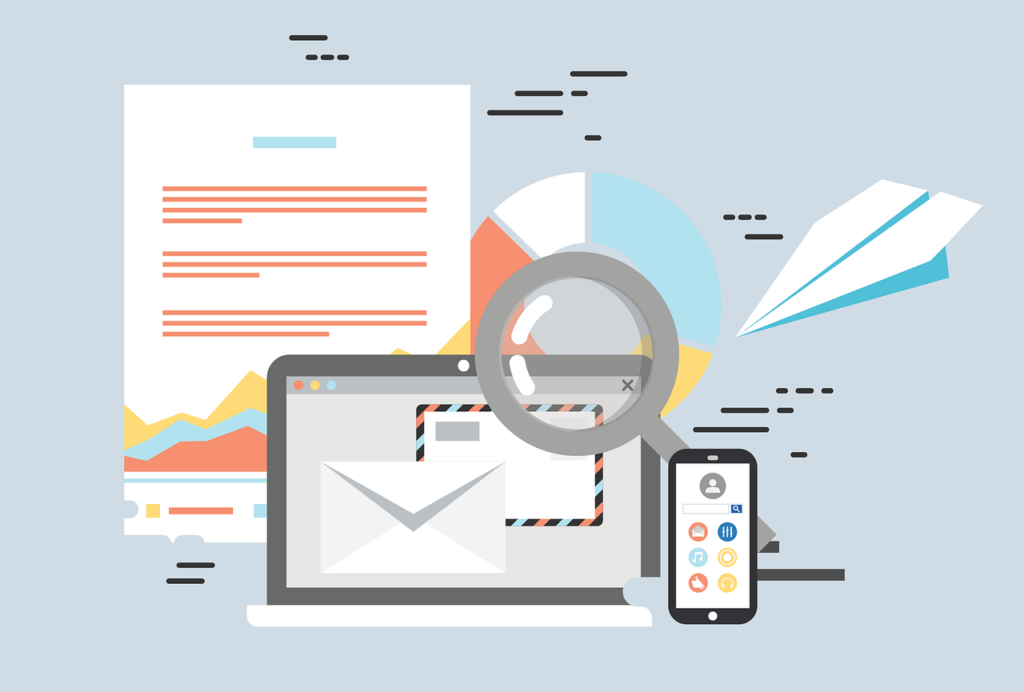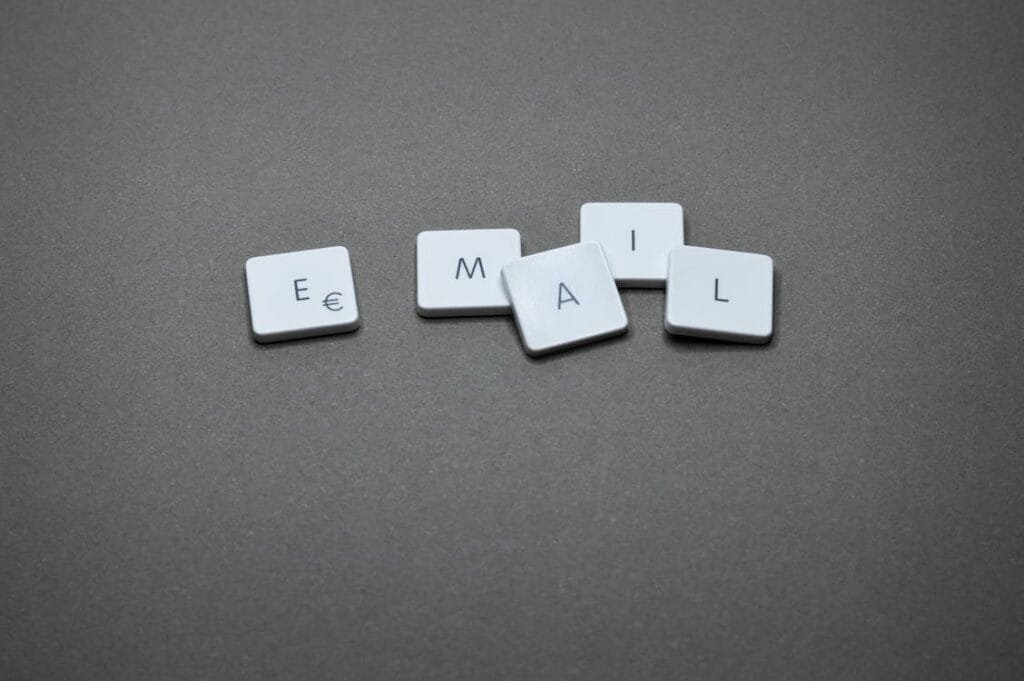Understanding New Product Development
Getting a new product out there isn’t just a walk in the park; it’s an adventure! You gotta plan smart, execute even smarter, and make sure you’ve got your ducks in a row. This part is all about why testing your ideas first is a game-changer and how you can use market research to hit it out of the park.
Importance of Concept Testing
Testing out your ideas before putting all your chips on the table is super smart. It’s like a sneak peek into the future to see if your bright idea is gonna sink or swim. This step helps you sidestep disasters and keep your cash right where it belongs—in your pocket (Peekage). You basically get a head start to iron out the kinks, boosting your product’s odds to turn into a fan favorite.
| Perks of Giving Your Concept a Test Run | What You Get |
|---|---|
| Dodging Pitfalls | Keeps you from blowing your budget on a flop, thanks to early consumer vibes. |
| Smarter Spending | Shows you the smartest places to throw your time and money. |
| Thumbs Up from Market | Confirms the crowd is ready and waving their wallets. |
Try out concept testing, and you’ll have a clearer path and a confident start in your product adventure.
Market Research Insights
Market research is your best friend, holding your hand as you wade through the world of product kicks. It gives you the lowdown on what people want, what might trip you up, and where to strike gold. Do your homework, and you’ll know exactly how to shape your product game plan. Attest backs up the idea that knowing your playing field helps you design with flair and meet what folks are looking for.
You’ve got a mix of ways to dig up the info, from chats and group gathering through qualitative methods to crunching numbers with surveys in quantitative ways. This tag team provides you a well-rounded view into what makes your future customers tick, crucial for kicking off and refining new ideas (Attest).
| Types of Market Research | What’s It For |
|---|---|
| Qualitative Research | Peek into what consumers think and feel with interviews and group talks. |
| Quantitative Research | Collects data with surveys to see patterns in consumer behavior. |
By diving into both kinds of research, you’re setting a solid groundwork for creating top-notch products. Have a look-see into new product development strategies to sharpen your edge even further.
Essential Stages in Product Development
Figuring out how to make a new product can feel like a wild ride, but knowing the key steps can make all the difference. Each phase in this process is like a building block that turns your idea into something people can actually buy.
Idea Generation and Screening
Kicking things off, you need to come up with a bunch of cool ideas. Get everyone together for a brainstorming party, listen to what customers are saying, do a bit of market snooping, and check out what your competitors are up to. Once you’ve gathered a good list of ideas, it’s time to weed out the duds. Look at each one and see if it checks the right boxes—can you actually make it (feasibility)? Will people want it (market potential)? Does it vibe with what your business stands for (brand alignment)?
| Criteria for Screening Ideas | Why It Matters |
|---|---|
| Feasibility | Can the idea be brought to life? |
| Market Potential | Are people likely to jump on it? |
| Brand Alignment | Does it fit your company’s vibe? |
Want to dig deeper into generating and checking out ideas? Hop over to our article on idea generation product development.
Concept Development and Testing
Once you’ve picked a few promising ideas, it’s time to shape them into actual concepts. Define what the product will do, how it will benefit people, and who will line up to buy it. Then, run some tests to make sure your idea doesn’t fizzle out. Concept testing gets you feedback from the people who might buy your product, so you can tweak or toss it before sinking too much cash.
Concept testing gives a peek into what people want and helps you stay ahead. Curious about making this stage shine? Check out our guide on market research for product development.
| Activities in Concept Testing | What They Do |
|---|---|
| Surveys | Gather thoughts on features and prices |
| Focus Groups | Get some in-depth feedback and ideas |
| Prototyping | Build a sample to see how people like it |
Business Strategy Development
So your concept is a hit—what’s next? Time to plan how you’re gonna sell it. Your business strategy should cover how the product stands out, who’s gonna love it, and how you’ll roll it out.
Key parts of this plan are:
- Value Proposition: What makes your product better or different?
- Target Market: Who are the folks most likely to buy this thing?
- Market Entry Strategy: How are you getting the word out and driving sales?
A rock-solid business strategy helps you zero in on the right tactics and keeps your product aims in sync with your big-picture goals. Need more guidance? Visit our section on product positioning strategies.
Mastering these key steps—idea generation and screening, concept development and testing, and business strategy development—means you’re on the fast track to getting your new product out there and into happy hands.
Overcoming Development Challenges
Getting a product off the ground isn’t a smooth ride. You’re going to hit bumps along the way, like figuring out if you’ve got a shot in the market, handling engineering roadblocks, and nailing down how much to charge. Here’s how you can tackle these hurdles head-on.
Addressing Market Viability
Before you start building anything, it’s crucial to check if folks really want it. Dive into market research to scout out your competition, learn what your audience craves, and gauge if anyone’s buzzing about your idea. Start with a Minimum Viable Product (MVP) to showcase the heart of your concept. This isn’t just about testing the waters—it’s also a great way to catch the eye of investors and potential customers (Product School).
Key Considerations for Market Viability:
| Factor | Description |
|---|---|
| Competition | Scope out what rivals are doing and offering. |
| Target Audience | Dig up insights on their likes and dislikes. |
| Core Features | Zero in on must-have functionalities for your MVP. |
Wanna get into the nitty-gritty of product viability? Peep our piece on market research for product development.
Managing Engineering Dependencies
Engineering hiccups can really throw a wrench in your timeline. These issues pop up when design teams lag behind or departments aren’t on the same page. To dodge these setbacks, make sure you’re setting regular review meetings with all departments. While waiting on one thing, consider tackling other tasks that don’t rely on the current holdup, keeping some momentum. Try a dual-track development system for a smooth workflow between design and build teams (Product School).
Strategies for Managing Dependencies:
| Strategy | Description |
|---|---|
| Clear Review Cycles | Plan regular feedback sessions. |
| Focus on Non-Dependent Work | Tackle tasks that can move forward without waiting. |
| Dual-Track Development | Juggle design and development tasks simultaneously. |
For more juicy tips on handling development, check out product development and management and product development project management.
Pricing Strategies
Getting the price just right for your product can make or break it. Understand not only how much your target market will dish out but also your costs—everything from production to marketing and distribution. Keep an eye on the market’s ups and downs, plus how your rivals are pricing similar offerings. This is where knowing the ropes of lean product development comes in handy (Product School).
Components of Pricing Strategy:
| Element | Description |
|---|---|
| Willingness to Pay | Find out what your audience is ready to spend. |
| Cost Analysis | List expenses like hiring, marketing, and production. |
| Competitive Analysis | Study rival pricing to position yourself smartly. |
For more pointers on whipping up effective pricing strategies, explore our resource on product positioning strategies.
Take these challenges head-on, and you’ll be setting your product up for a grand debut, boosting your chances for a smashing success.
Optimizing Time-to-Market
Getting your product out faster can be the deal-breaker in making it a hit. Speeding up this timeline can turbocharge your product’s chances of hitting it big. How do you do it? Focus on two key moves: setting plain-as-day goals and figuring out your research game plan.
Set Clear Objectives
Getting your product from idea to store shelf can be chaotic. To keep your sanity and your project on track, you’ve gotta nail down super clear objectives. Setting rock-solid goals helps keep your crew on target and makes sure everyone’s rowing in the same direction. Here are some biggies to think about:
| Objective | Description |
|---|---|
| Market Fit | Make sure the product is just what your customers are hunting for. |
| Timelines | Jot down key project dates and whip up deadlines for different stages. |
| Budget | Define your spending limits so the money side doesn’t go haywire. |
| User Testing | Regular gab sessions with actual users to tweak features based on real talk. |
Keeping your eyes on these objectives keeps the team synced up and the train chugging along smoothly. Drum up some market research to back up your goals. It helps nail those big ideas, tweak what you’ve got, and ensure the customer is king. More on this in our article about market research for product development.
Establishing Research Scope
Getting your research scope nailed down is like having a treasure map to product success. Here’s what you should keep in mind:
| Factor | Description |
|---|---|
| Product Testing | Nail down what you need to test upfront so there’s no mix-up later. |
| Budget Sharing | Be open about the moolah you’re spending when dealing with market research firms. This guides them in the right direction. |
| Research Partner | Hook up with a full-on market research partner to make sure your research makes sense and is of high quality. |
Teaming up with pros in the market research crowd can make things smooth as butter. They’ll arm you with top-notch data and insights you can trust when shaping your product dreams. They organize stuff like focus groups and zap out online surveys, netting you the feedback gold from start to finish (Drive Research).
Getting a handle on what your future customers want stops nasty surprises and opens the door for killer market chances. This kind of research digs into critcal spots like if your product’s got legs in the market, how it stacks up on price, and where the other players are in the game. For a full scoop on gearing up for product launches, check out our piece on new product development strategies.
Resources and Team Collaboration
Getting everyone to work together smoothly and making the best use of what you’ve got is key to knocking it out of the park when launching new products. Using both types of market research tools is like having your own crystal ball, helping you fine-tune your action plan.
Utilizing Market Research Tools
Doing your homework with market research gives you a heads-up on what folks want, any bumps in the road, and where you can really score. It’s like your all-access pass to making sure your inventions hit the right spot, tweaking the stuff you already have by checking out what others are doing, and making sure the user’s needs are in the driver’s seat from start to finish. Here’s the lowdown on the market research game plan:
- Kick things off with exploratory research.
- Jot down your research goals.
- Figure out what you’re going to dive into.
- Pick the right research gear or sidekick.
- Test your big idea to see if it’s got legs.
Follow this roadmap and you’ll get the insights you need to steer your product in the right direction. If you wanna dig deeper, check out our guide on market research for product development.
| Step | Description |
|---|---|
| Exploratory research | Dive into ideas to spot possibilities. |
| Defining research objectives | Decide what you hope to learn from the research. |
| Defining the scope | Nail down the focus areas. |
| Deciding on tools | Choose the best tools or partners. |
| Concept testing | Give your idea a test run with folks. |
Qualitative vs. Quantitative Research
Both types of research are your secret weapons for getting the full picture. Qualitative research is like getting the juicy stories behind the numbers, helping you really get why people tick the way they do. It’s great when you’re dreaming up products and testing ideas.
Quantitative research, on the other hand, is all about hard numbers that you can geek out on with stats. It shows you how big the demand is, helps you figure out pricing, and keeps you in the loop on market rhythms so you can make sure your product hits the nail on the head.
| Research Type | Characteristics | Benefits |
|---|---|---|
| Qualitative | Deep dive, subjective, insightful | Gets to the heart of what people think and do |
| Quantitative | Ordered, factual, numbers-led | Gives you the scoop with stats you can count on |
Keeping your finger on the pulse with market research helps you stay in the game. Roughly a third of new products don’t make it past the starting line. By nailing your research game, you’re not just saving time and money—you’re making sure all your efforts lead to a winning product. For the scoop on nailing product development, swing by our page on product development best practices.
Picking the right research strategies makes your decisions smarter and hikes up the chances of your product being the next big thing.
Successful Product Launch
Nailing a product launch can be the game-changer for any new item entering the market. It’s not just about lining up a fancy rollout but rather involves some serious planning, proto-work, and validating those ideas before going full throttle.
Prototyping and Validation
Think of prototyping as giving your product a test drive. It’s where you whip up a version with just enough bells and whistles to check if it’s a goer. This MVP (that’s Minimum Viable Product, by the way) is your golden ticket to figuring out if your brainchild can cut the mustard before you pile in with the big guns. It’s got to tick the right boxes for your early users and be ready for feedback (Asana).
Validation is your double-check. It’s like catching the product in action to see if it’s all it’s cracked up to be. This is where you listen to what users are saying about the design, functions, and ease of use. Here’s what you should really hone in on:
- Making sure your product nails what folks actually need.
- Giving the features a good ol’ shake down for any hiccups.
- Tinkering where needed based on what users think.
By getting this right, you’re setting your product up for a smooth roll-out and dodging those pricey mistakes. Here’s a straightforward look at how feedback during validation can pan out:
| Feedback Type | Purpose | Action Required |
|---|---|---|
| Usability Testing | Check how user-friendly it is | Make the interface more intuitive |
| Functionality Testing | Ensure everything is tickety-boo | Get rid of glitches and polish features |
| Market Demand Testing | See if people are actually interested | Tweak pricing or the marketing game plan |
Implementing Commercialization Strategies
With your product’s wheels greased from prototyping and validation, it’s go-time on getting it out there. This involves figuring out who you’re selling to, sewing up how you’re gonna market it, and figuring out the best way to get it into buyers’ hands.
What makes a rock-solid commercialization strategy? Here’s the scoop:
Market Positioning: You gotta bold-stamp your product’s spot in the market. Identify what makes you stand out and what gives you a bit of an edge.
Pricing Strategy: Don’t just slap a price tag on it – that sucker’s gotta make sense! It should mirror the value you’re offering while staying on the competitive side. Knowing your market inside out will guide this (Kadence).
Promotional Plan: Get a roadmap together for showing off your product – whether it’s online shenanigans, clever campaigns on social, or good ol’ traditional marketing.
Stick to these steps, and you’ll roll out your product with purpose. Need some tips on making everything fit? Check out our stash on product launch strategy and development metrics.
Piecing together strong prototyping, validation, and how to sell it all makes the difference in smoothing out the bumps and breezing into a successful debut. Following these processes can help keep you on the leading edge in the world of product rollouts.
Innovations in Product Development
In product development, you’re always on the move, trying to keep up with the competition and making sure the folks using your product are all smiles. Let’s dive into some stories of success and peek at what might jazz up your product game.
Examples of Product Success
Learning from the best can light up your path. Companies like Figma and Uber have nailed the art of mixing creativity with what people want.
Figma: This design powerhouse didn’t just stop at making great tools. Nope, they dialed into what their users had to say, made loads of smart tweaks, and kept growing their list of features. This open chat with their fans kept them at the top, even as the competition heated up (Asana).
Uber: They eyeballed the taxi world, spotted what was missing, and rolled out different ride options for everyone—from penny pinchers to big spenders. Their knack for reading what customers crave made them stand out in loads of ways (Asana).
These stories show how tuning into what your users need and where the market’s heading can be your golden ticket.
Strategies for Continuous Improvement
Looking to keep things fresh? Here are some pointers for stepping up your product game:
Market Research: Don’t just dip your toes—keep an eye on all things market-related. Dig deep into product testing, and work with market research firms to share costs and ideas. Understand behavior so you know why folks love (or leave) your products (Drive Research).
Utilizing Focus Groups: Roc those focus groups! They’re like the backstage pass to what your audience thinks. These sessions bring together different views and sprout ideas that can spark adjustments in your product offering (Drive Research).
Identify Types of Innovation: New products can take a few forms:
- New-to-the-world products: Rolling out something nobody’s seen before.
- New-to-the-firm products: Picking up ideas that exist but are fresh for your brand.
- Additions to existing product lines: Tweaking what you’ve got to keep everything in check (Maze).
Mix these strategies into your product development life cycle to spark some serious success waves. Keep your ear to the ground and tweak where needed; it’s all about making a mark with new launches. Want more spicy details? Check out our new product development strategies to keep marching forward.





















